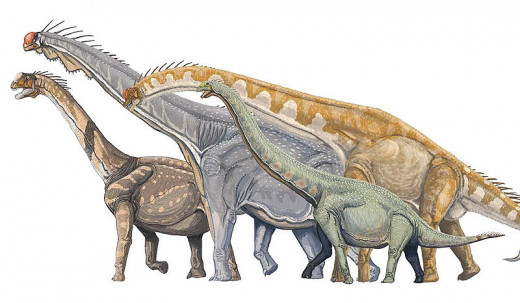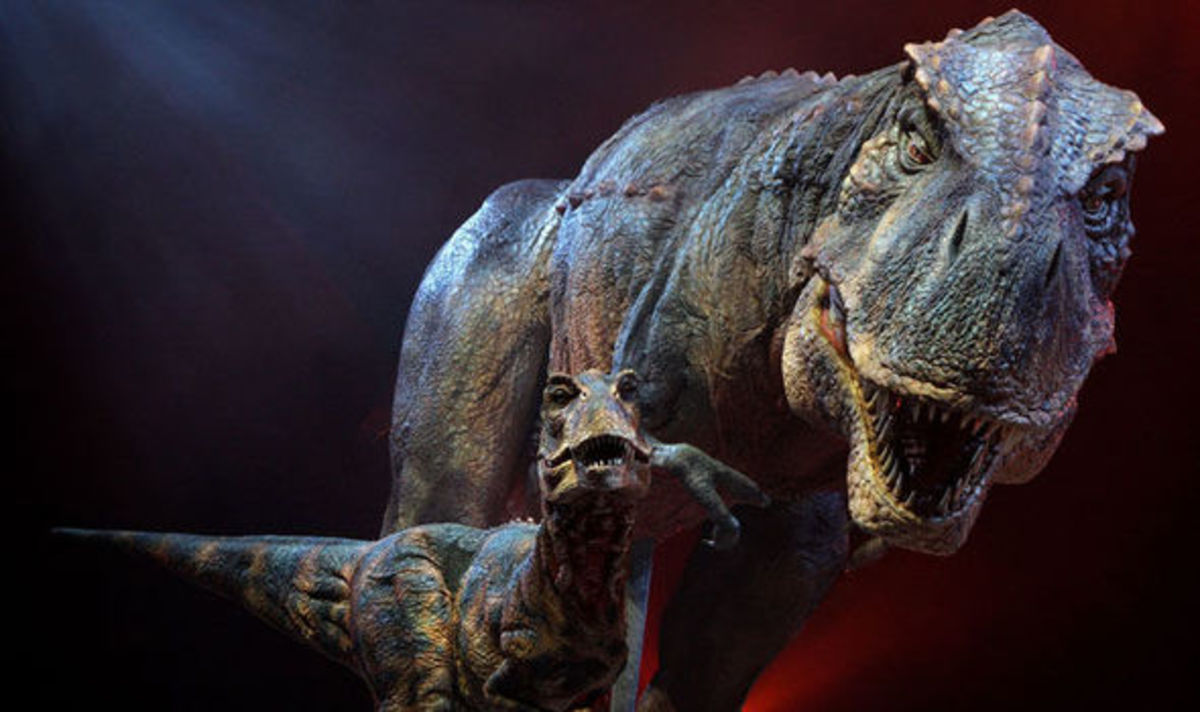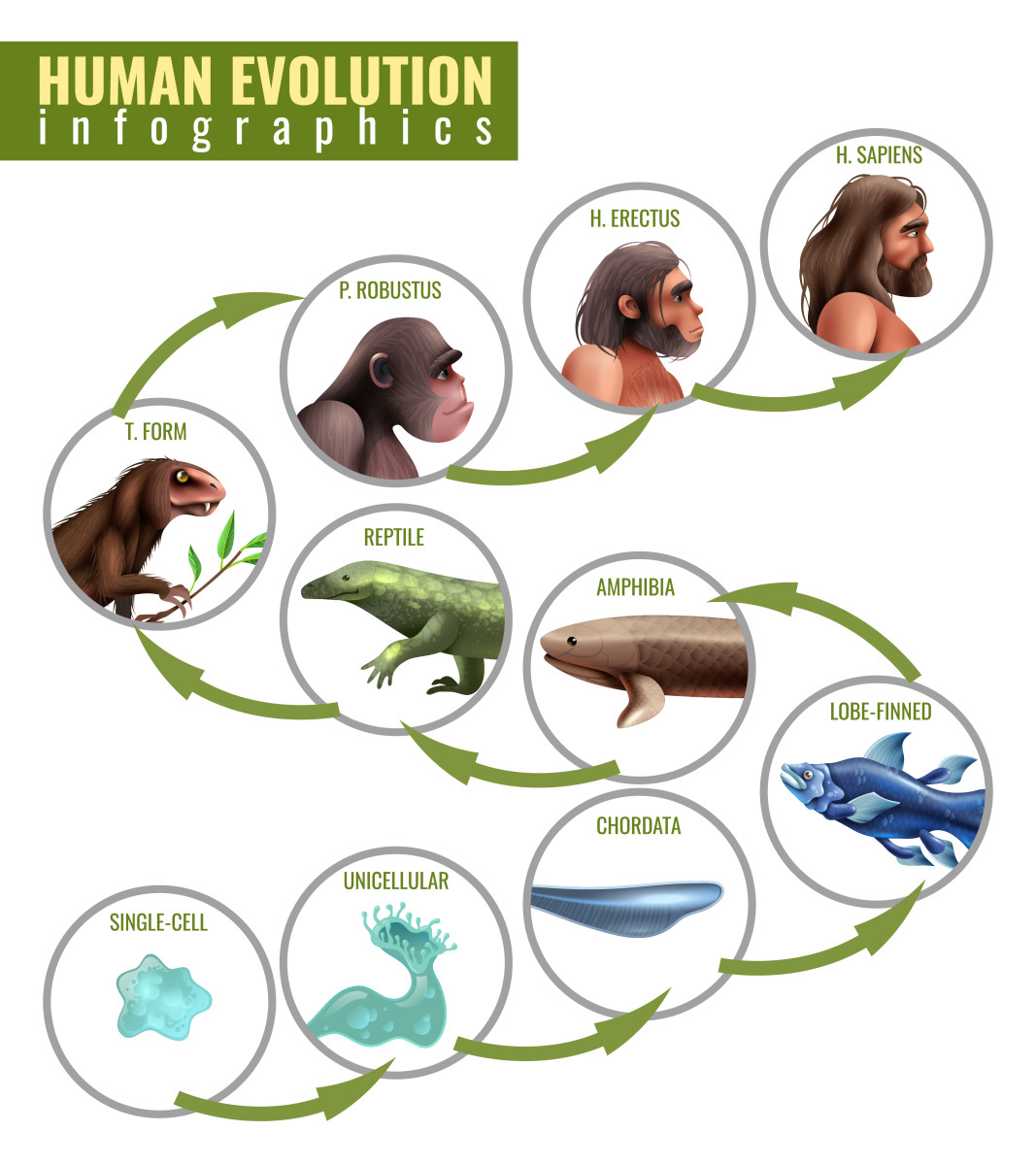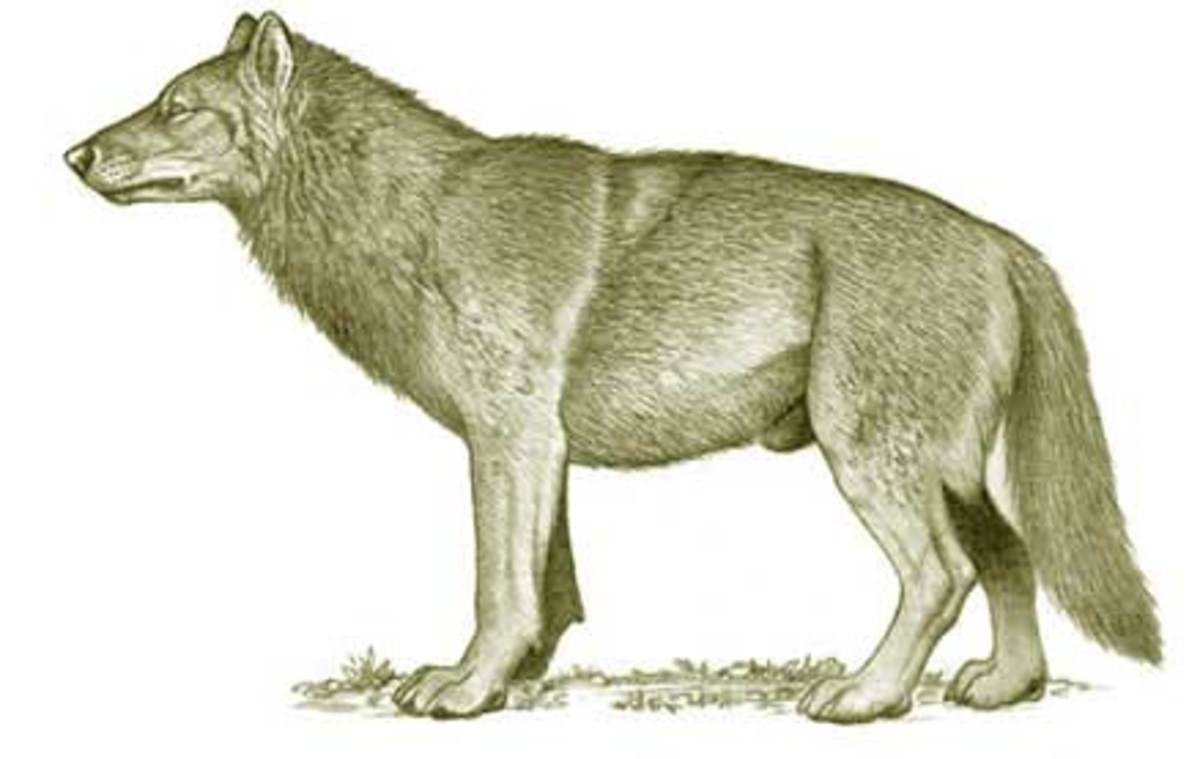- HubPages»
- Education and Science»
- Life Sciences»
- Paleontology»
- Prehistoric Life
How did dinosaurs become extinct - Dinosaurs extinction theories

Dinosaurs ruled the Earth for over 160 million years in three time divisions. These time periods were Triassic, Jurassic and Cretaceous. The dinosaurs became extinct 61- 65 million years ago at the end of the Cretaceous period.
The most common question asked by many experts and fanatics is: What was the purpose of dinosaurs to live on Earth and why they suddenly became extinct after living such a long period of time on Earth?
There are many theories to this question which scientists have put forward, but a definite answer to the question is still unknown. No one really knows for a fact on why dinosaurs existed and why they became extinct. The only clue left behind was the fossils buried in the rocks which gave solid evidence that dinosaurs once existed millions of years ago. Fossils were the only clue to determine the age of the dinosaurs and how they became extinct. Scientists have done excruciating research on fossils for over a century but cannot surely figure out the reason for their existence and extinction.
There are in fact several theories to why the dinosaurs died out. These reasons could biological changes, especially when mammals started to appear on Earth in the late Cretaceous period. Scientists believed that the mammals ate the dinosaur eggs which decreased the birth rate of the dinosaurs. Many other experts believe it was the outbreak diseases such as constipation which wiped them out. Changes in the atmospheric climate, eruptions from volcanoes, continental drifts or shifts in the planet’s orbit and magnetic field may have the been the cause, but this is not 100 percent confirmed. Another interesting theory put forward by experts were the asteroids hitting the Earth, which may have destroyed the dinosaurs and vegetations on Earth.
Why did the dinosaurs exist before their extinction?
To begin with, humans have only existed on Earth for 3 million years and dinosaurs lived for 160 million years. It seems they were far more dominant on Earth, and humans have a very long way to go. They were probably part of the evolution process and eventually died out for the mammals to inhabit the Earth next. Basically, the dinosaurs were the answer to the environmental conditions of the Earth to make it inhabitable for the mammals and other animals on Earth to live. It is the same principle on why humans are existent on Earth, and the universal question is: Why? What was the purpose of dinosaurs to exist then, and what is the purpose for humans to exist at now? The answer can only be that the dinosaurs were much better survivors on Earth and suddenly vanished. So every living thing on Earth has a different purpose, just like humans reproducing, procreating and surviving. Generally, it is a fight and struggle for survival on Earth.
Did the Asteroid kill off the Dinosaurs?
There has been a remarkable discovery on the Yucatan peninsula in the Gulf of Mexico. They have found a large crater there, and they believe it was an asteroid around 9 miles wide which struck the end of the Cretaceous period. This asteroid of its size can indeed do a lot of damage and change to the Earth’s climate, not just in one particular region, but all around the world. The asteroid could have triggered forest fires, poor air quality, tidal waves in the oceans or severe storms and that may be the factor which led to the extinction of dinosaurs.
Other Known Theories and Causes For the Extinction of Dinosaurs
- Uranium poisoning which may have killed the dinosaurs
- The decrease in sexual activity and the over-fighting of the dinosaurs
- The greenhouse effect, possibly due to excess carbon dioxide in the atmosphere
- Mass flooding may have washed away the dinosaurs in some regions of the Earth
- The extreme levels of carbon dioxide may have had an effect on the female dinosaurs embryos
- A Supernova star may have exploded in space and harmful radiation may have entered the Earth








